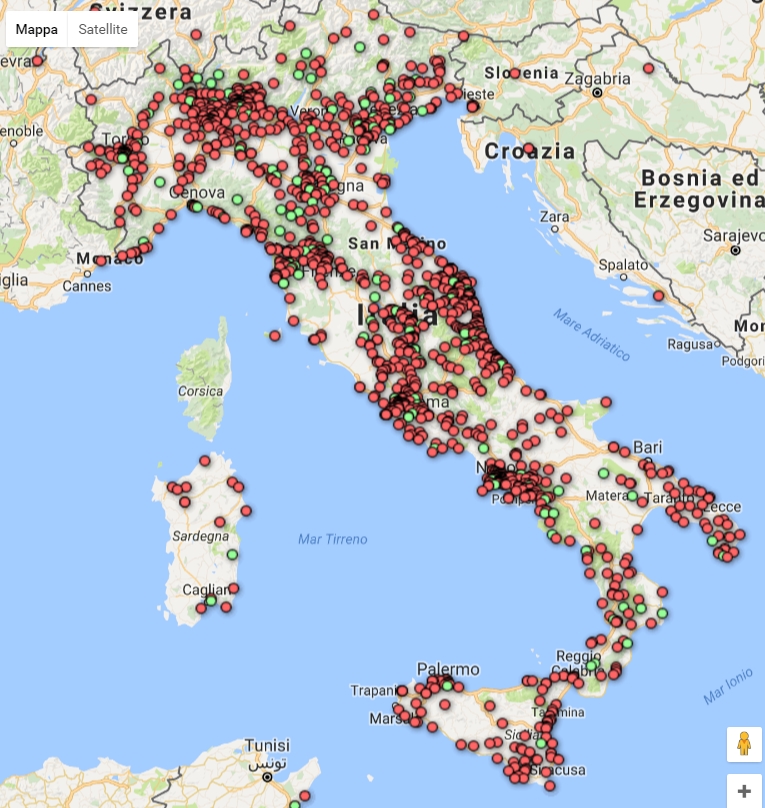Earthquake Network project
Published: 10 October 2016
A smart phone app for detection of earthquakes
The Earthquake Network research project (www.earthqukenetwork.it) aims at developing and maintaining a crowdsourced earthquake early warning system based on networks of smartphones. The project was started in January 2013 by Francesco Finazzi (www.unibg.it/pers/?francesco.finazzi) of the University of Bergamo, Italy, who is a Research Affiliate to the School.
The project currently involves more than 150,000 people all over the world. Most of the users are located in the seismic areas of South America where, in the last three years, the network detected more than 290 earthquakes in real time.
The idea is to use the accelerometer on-board smartphones and tablets to detect the shaking induced by an earthquake. While the single smartphone is not reliable, a network based on a large number of devices can detect earthquakes more accurately and with a low false-alarm rate. When an earthquake is detected, a warning is issued toward all the smartphones in the network. This may allow people living not too close to the epicentre to take cover before they are reached by the damaging waves of the earthquake.

Figure 1 - Real time warning example
To be part of the network, Android smartphones must install the Earthquake Network application (http://goo.gl/DVoto2) which is free and runs in background when the smartphone is charging. The app also has rescuing capabilities. When the network detects an earthquake in real time, smartphones nearby the epicentre automatically send e-mails and SMS with smartphone coordinates. This is useful in case the smartphone owner is surprised by the earthquake and cannot ask for help from the wreckage.
The project got national attention (http://goo.gl/knO4z1) in Italy after the deadly earthquakes that struck Central Italy on August 24th, with 296 casualties and entire villages flattened. The earthquake was not detected by the network as only few people had the app installed. However, awareness is rising about the opportunities provided by smartphone technology in disaster risk mitigation. Additionally, the Earthquake Network project is a clear example in which citizens do something for science and science does something for them.

Figure 2 - Smartphone network in Italy on 13th September 2016
First published: 10 October 2016
<< October 16

